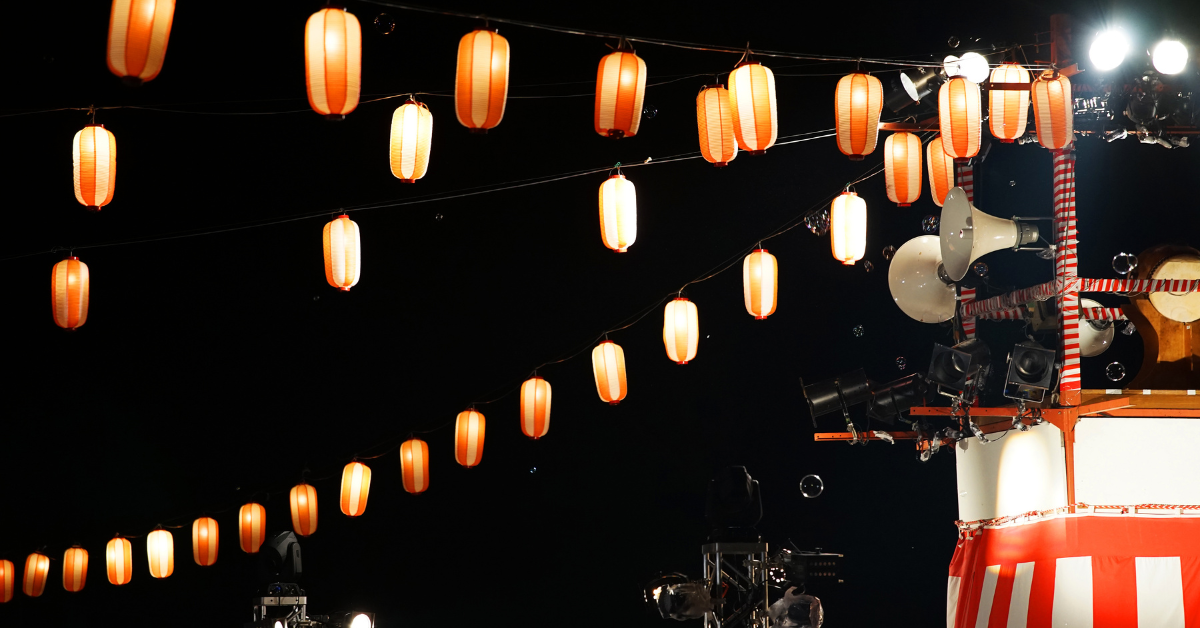Japan’s cultural tapestry is brought to life through its legendary festivals, and among them, three stand out as the most iconic—commonly dubbed the Three Great Festivals of Japan. These vibrant celebrations draw people from all corners of the country, offering immersive experiences filled with history, community, and spectacle. This article introduces these three grand festivals and highlights what makes each of them unforgettable.
- 1. Gion Matsuri: Kyoto’s Floating Lantern Parade
- 2. Tenjin Matsuri: Osaka’s Majestic River and Land Parades
- 3. Chichibu Yomatsuri: Night of Lanterns, Kabuki, and Fireworks
- Table: Quick Comparison of Japan’s Three Great Festivals
- Why These Festivals Are the Big Three
- Summary of Festival Appeal
- Final Thoughts
1. Gion Matsuri: Kyoto’s Floating Lantern Parade
Gion Matsuri, held throughout July in Kyoto, is a month-long festival centered around Yasaka Shrine. The highlight is the mesmerizing procession of elaborately decorated floats—known as Yamaboko—pulled through the city. These floats are adorned with tapestries and lanterns, and the procession is accompanied by traditional music and neighborhood groups in festive attire. Equally captivating are the floats illuminated during the evenings, casting a magical glow across the city streets and inviting an atmosphere of community celebration and cultural pride.
2. Tenjin Matsuri: Osaka’s Majestic River and Land Parades
Osaka’s Tenjin Matsuri is distinguished by its powerful combination of land and river processions. It unfolds in late July and features participants parading through city streets before boarding boats on the river. These boats, adorned with lanterns and music, travel alongside fireworks displays that light up the night sky. The synchronization of land and water processions makes Tenjin Matsuri a uniquely immersive experience—celebrating both traditional reverence and spectacular performance in the heart of Osaka.
3. Chichibu Yomatsuri: Night of Lanterns, Kabuki, and Fireworks
In December, Chichibu Yomatsuri offers a dazzling nocturnal festival in Chichibu City. The night comes alive with towering lantern-adorned floats, dynamic taiko drumming, Kabuki performances, and a breathtaking fireworks finale. Each float honors divine spirits and is richly decorated, casting luminous scenes across the winter night. It’s an electrifying mix of ritual and revelry, creating a spirited crescendo unmatched by many other winter celebrations in Japan.
Table: Quick Comparison of Japan’s Three Great Festivals
| Festival Name | Timing & Location | Signature Highlights |
|---|---|---|
| Gion Matsuri (Kyoto) | July 1–31, Kyoto city | Massive float parades, shimmering night lanterns |
| Tenjin Matsuri (Osaka) | Late July, Osaka city | Combined land & river processions, fireworks |
| Chichibu Yomatsuri | Early December, Chichibu City | Night lantern floats, Kabuki, electrifying fireworks |
Why These Festivals Are the Big Three
These three festivals are lauded for their historical depth, grand scale, and cultural resonance. Gion Matsuri symbolizes enduring tradition and summer festivity in Japan’s ancient capital. Tenjin Matsuri marries sacred procession with theatrical spectacle and community joy in a dynamic urban setting. Chichibu Yomatsuri proves that even small cities can ignite national fascination, blending dramatic visuals with spirited performance. Together, they offer a window into Japan’s regional identities and celebratory soul.
Summary of Festival Appeal
| Festival | Notable Appeal |
|---|---|
| Gion Matsuri | Classic floats, centuries-old tradition, summer ambiance |
| Tenjin Matsuri | Dual processions, stunning fireworks, vibrant atmosphere |
| Chichibu Yomatsuri | Winter night’s glow, dramatic performance, cultural intimacy |
Final Thoughts
For anyone seeking to experience the cultural essence of Japan, these Three Great Festivals stand as towering examples of national pride and community spirit. Whether you’re drawn to summer’s glow in Kyoto, Osaka’s dynamic waterways, or the winter magic of Chichibu, each festival promises enduring memories. Be it for their artistry, history, or sheer spectacle—they are not just festivals, but pillars of Japanese cultural heritage.
Let me know if you’d like more on how to attend or experience these events firsthand!






